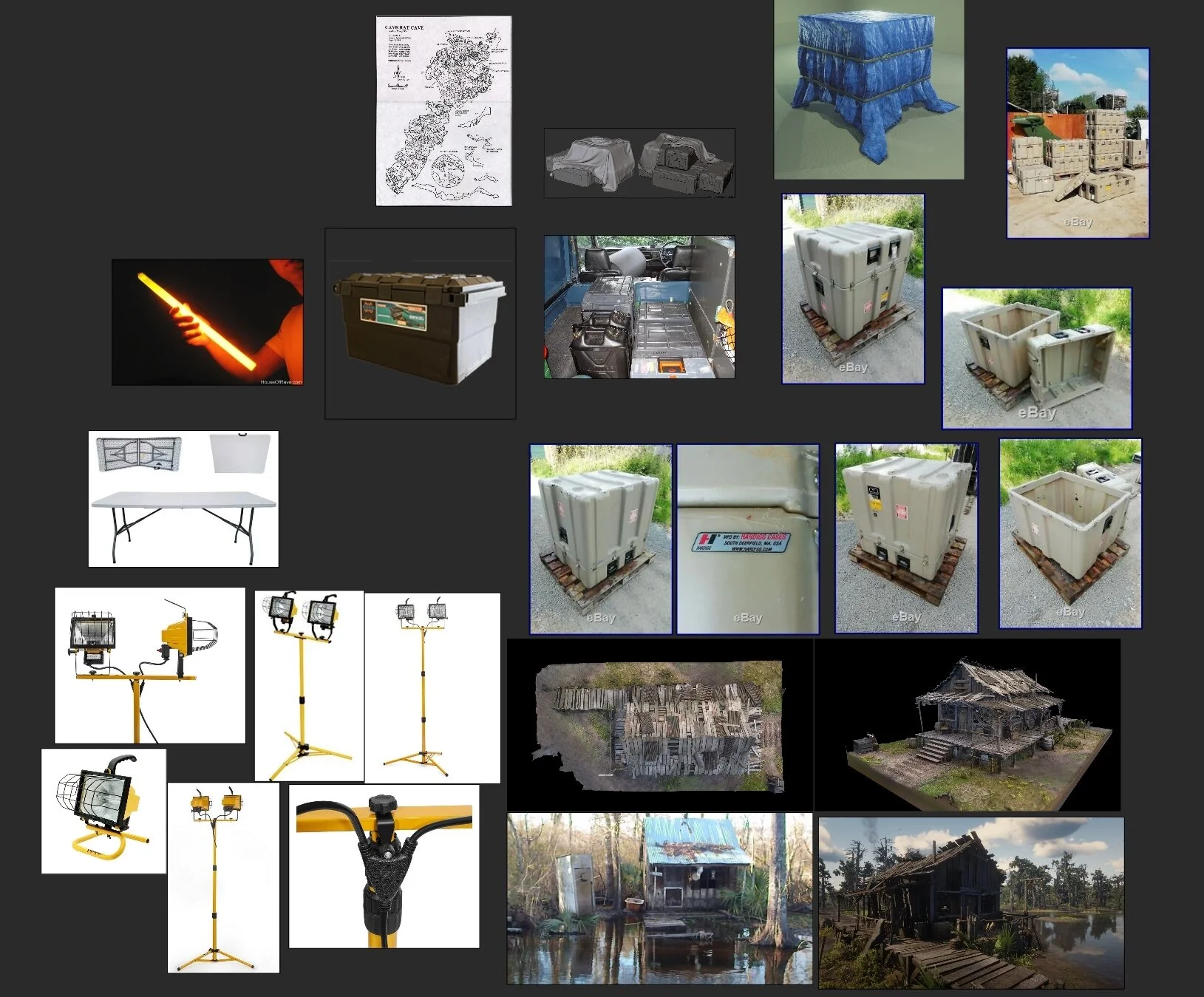Mentee Showcase
“Black Qualls Cave”
With Philip Purol
With Philip Purol
Introduction
Hi! My name is Philip Purol. I am from Canada and currently looking to get into the games industry. I have been 3D modeling since 2014. During high school, I taught myself with whatever I could find on the internet. Since there was not an abundance of information out there at the time, it ended up being lots of trial by error. I was able to eventually go to college for game development, and graduated last year.

Tell Us About Yourself How did you hear about The Mentor Coalition?
I heard about The Mentor Coalition through my mentor Billy Matjiunis who was my teacher at my school at the time 2 years ago. At the time I was busy with school but after I graduated, I wanted to keep learning and gain some more knowledge. My friend had just finished one of the mentorships and recommended it so I decided to go through with it. I knew Billy was a mentor so I decided to go with someone I already know and since I was very interested in learning more about vegetation it was a perfect fit (Billy is a vegetation artist).
How was the Mentorship experience for you?
I really enjoyed my experience during the mentorship as I devoted most of my time toward it during the month. I treated it like a job with the amount of time I put into the project. Before my mentorship even started, I planned ahead by creating some blockout scenes and ended going up with a swamp. I also contacted Billy prior to starting the mentorship to know what I should have ready so we could get going right off the bat.
During our first call we went over my references, mood board, and scene, and we discussed how we could cut down on the large list of things I wanted to do to be more reasonable in a 2-month period. The focus was on quality over quantity. We also went over what I wanted to focus on besides vegetation, and I knew I wanted to improve my composition skills to get it to a more professional level.



For the next week or so we went over the natural placement of trees and vegetation formations, polishing up my blockout, and locking in the composition of the main shots.

Once we got to a point where we were happy with a majority of the scene placement, we moved on to the creation of the vegetation which was all made in Speedtree with the assistance of some scans I made of tree bark.
Creation of Trees and Vegetation: I started off by finding a tree that I could scan and use for reference. I proceeded to do a scan of the bark and bake the high poly. I made adjustments in Substance Designer like removing shadows, fixing the color, and making it tile.



Now that I had my pine atlas and bark done, I finally was able to start working on the tree. It went through many changes from silhouette, to density of branches, and pine needles. We decided to focus on quality over optimization but Billy made sure I learned how to go about optimizing vegetation from LODs, to draw calls and polycount. I ended up creating kits for each piece of vegetation, for example, the pine set was 2 variations of a fully grown tree, 2 variations of saplings, 2 variations of dead trees, and a set of fallen branches and pine needles.

By creating these sets I was able to interchange the assets that the rich conifer swamp would consist of. The species I chose were pine trees, maple trees, and round leaved dogwoods scattered around with varying grass heights and thicknesses, and 2 different rocks to create various rock formations.

How did your Mentorship experience compare to a traditional course or classroom?
My mentorship with Billy was more hands-on compared to a classroom environment where a teacher would have to design the course to cover lots of topics and help multiple students at once. With a mentor you are in a private call going over the topics you want to focus on. He was also able to provide me with live feedback such as draw overs and guides on how to layout stuff on an atlas, and placement of grass so it can blend better with other pieces when placed.

Conclusion:
I would recommend a mentorship to anyone if they would like to further their knowledge of game development, from creating props, foliage, to just pure composition and lighting. I would recommend freeing up some time for it to get the most out of each interaction with your mentor. I treated it like a job so I could meet the goals that were set during the calls and was sometimes able to even push myself further than I had planned.

I started my mentorship in the beginning of November and finished it around the ending of December. I’m currently going over my old work and polishing up some pieces to round out my portfolio with some notes that Billy gave me when we did a review. Once I have finished that I will be looking for a triple A position in the games industry. I would love to talk about any possible career opportunities; if you would like to get in touch with me you can contact me at my email or at my ArtStation.